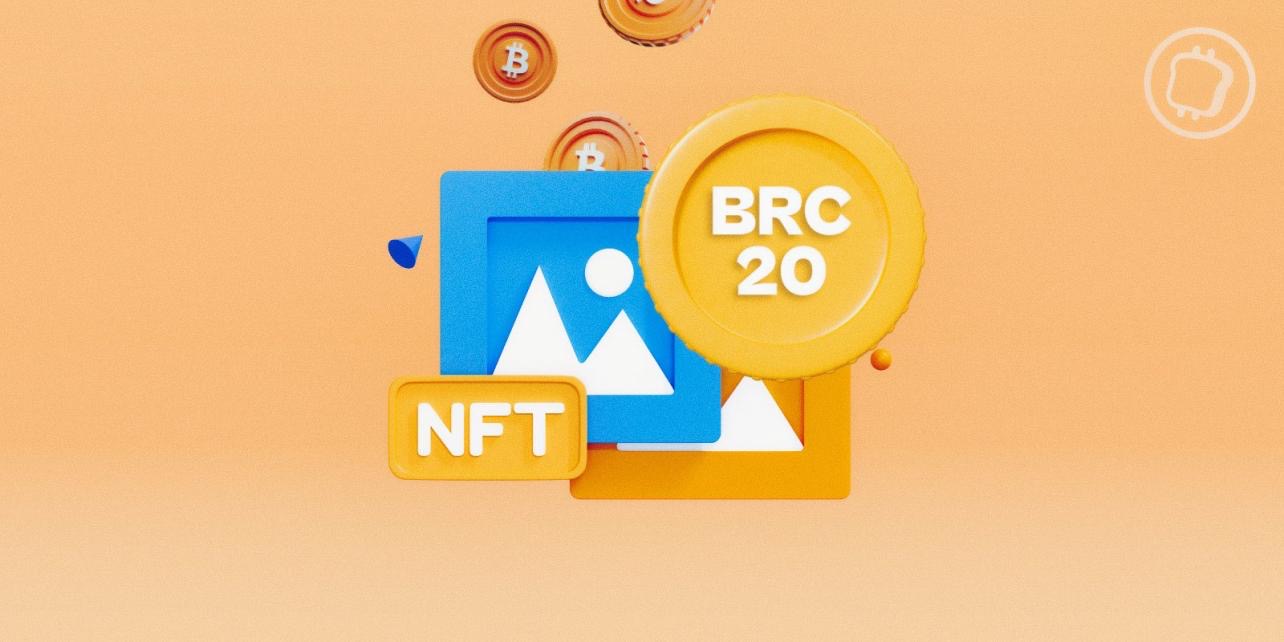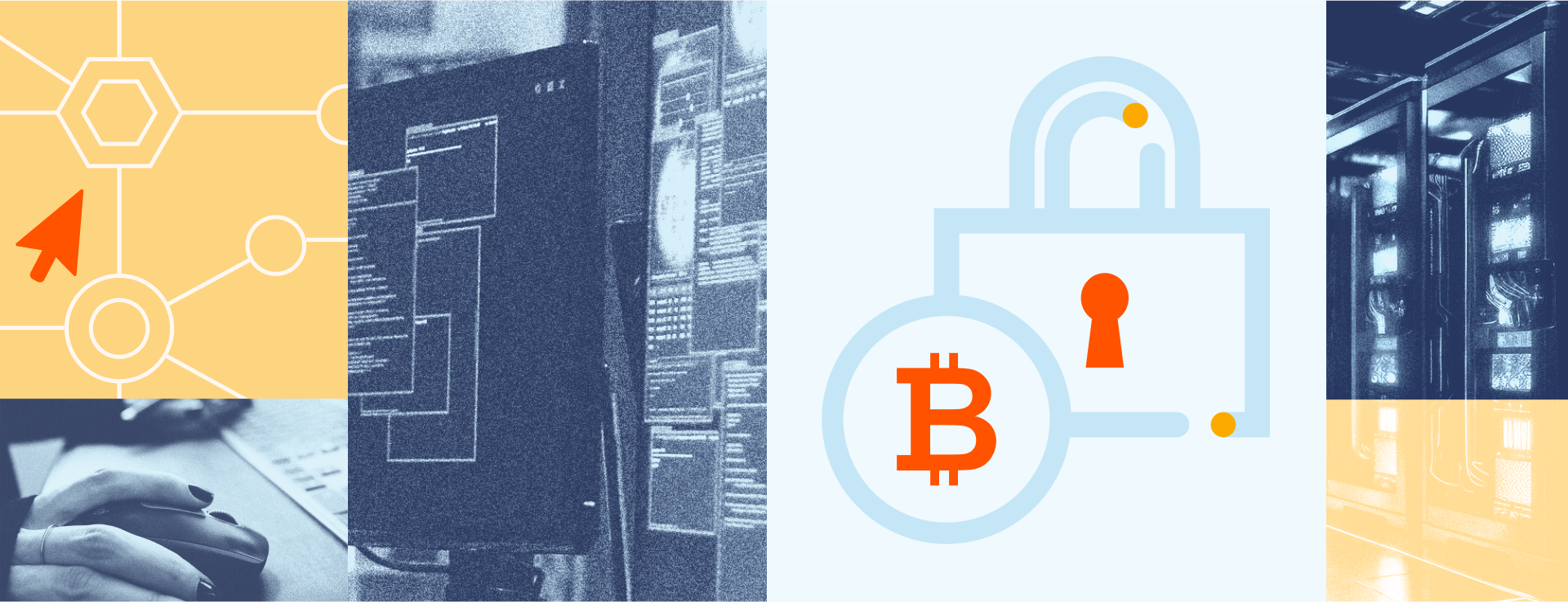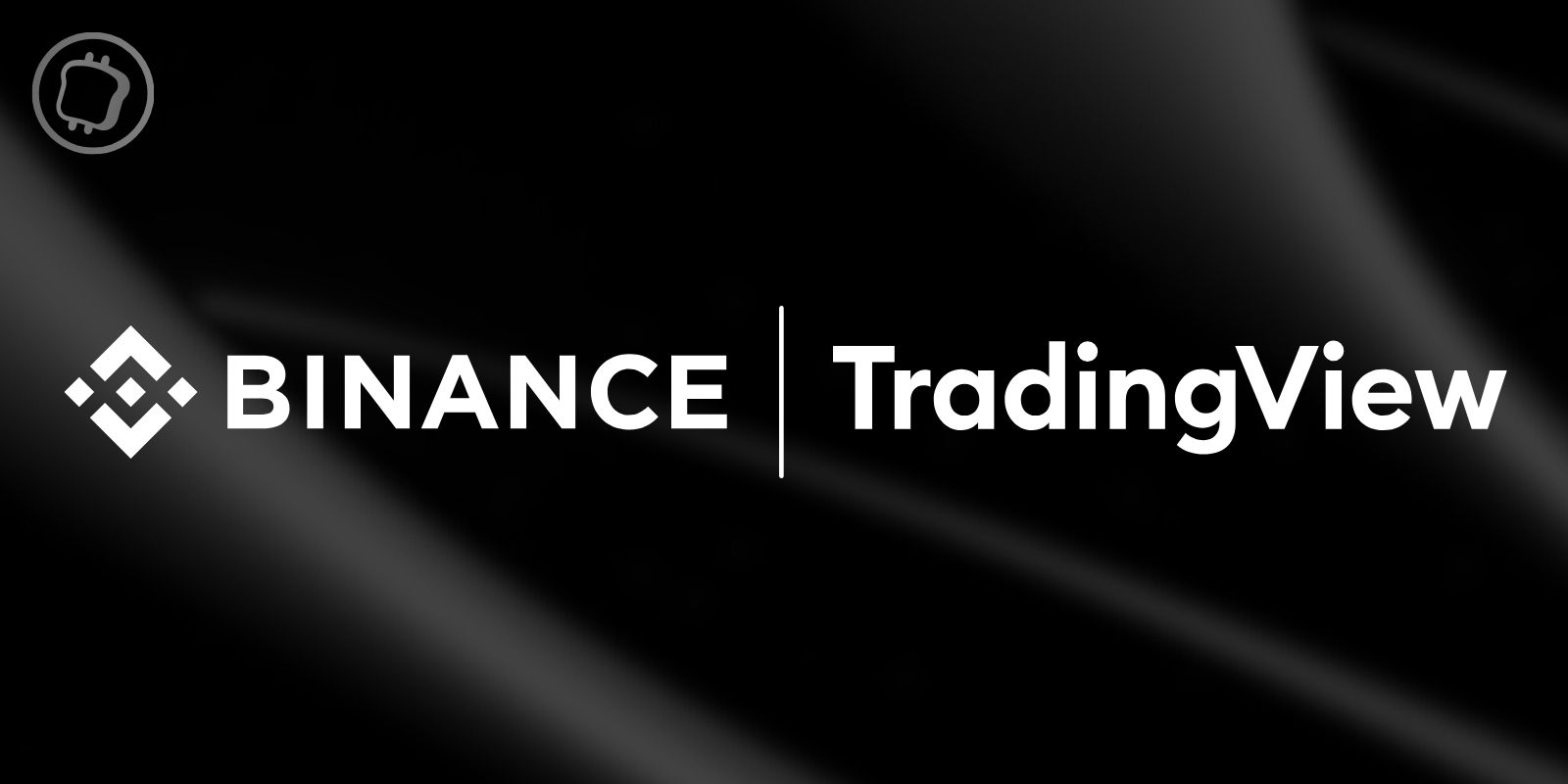The Ordinals protocol has undeniably turned the Bitcoin (BTC) blockchain ecosystem upside down. In the wake of the success of these “registrations”, a new standard has emerged: the BRC-20. Let’s discover these new tokens that are invading Bitcoin and dividing the community.
BRC-20, a new token standard on Bitcoin
Undeniably, the launch of the Ordinals protocol on Bitcoin (BTC) has been – and will continue to be – a tidal wave in the Web3 ecosystem. Officialized on January 20, 2023 by Casey Rodarmora former developer of Bitcoin Core, this protocol allows you to permanently record information about Bitcoin.
In a few words, Ordinals allows you to enter data (images, texts, tokens, smart contracts, etc.) on satoshis, the smallest unit of bitcoin. This is called registrations and it can be related to a decentralized and transparent cloud.
To understand the revolution that Ordinals represents, you have to understand that it was previously impossible to issue tokens (fungible or not) on the Bitcoin blockchain. Now it does and it has even been defined as a standard: the BRC-20 standardobviously inspired by the ERC-20 on Ethereum.
Besides, the first BRC-20 token that was created is ORDI, in reference to the protocol that allowed it to see the light of day, Ordinals. In the process, several thousand similar tokens have emerged, most of them seeing meteoric rises.
👉 To learn more, discover our guide on Ordinals and NFTs on Bitcoin
Once again, it is essential to understand how Ordinals works to understand BRC-20 tokens. As explained above, the protocol makes it possible to number satoshis and to attach additional data to them.
BRC-20 tokens use Ordinals to write JSON (JavaScript Object Notation) type data within satoshis. These depend on the operations to be performed; deploy, mint, transfer. In each case, a JSON file type is registered within the blockchain.
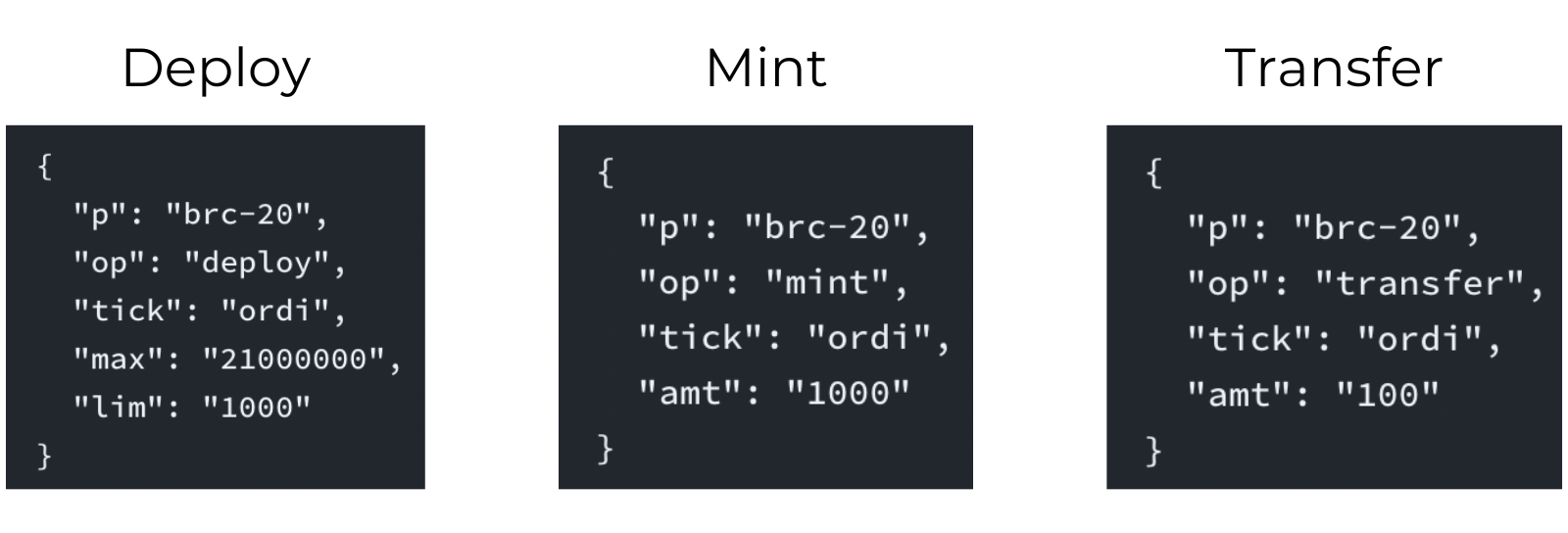
The 3 main functions of BRC-20 tokens by the creator of BRC-20
As you can see, the operation is relatively simple. There are only 3 functions and barely six attributes composing them : THE “p” means the protocol, “op” is the operation, “tick” is the ticker or token name, “amt” is the transaction amount.
Once a token is deployed, users can mint it or transfer it. Moreover, the operating diagrams remain very simples, although they always require embedding and sharing in a JSON file.
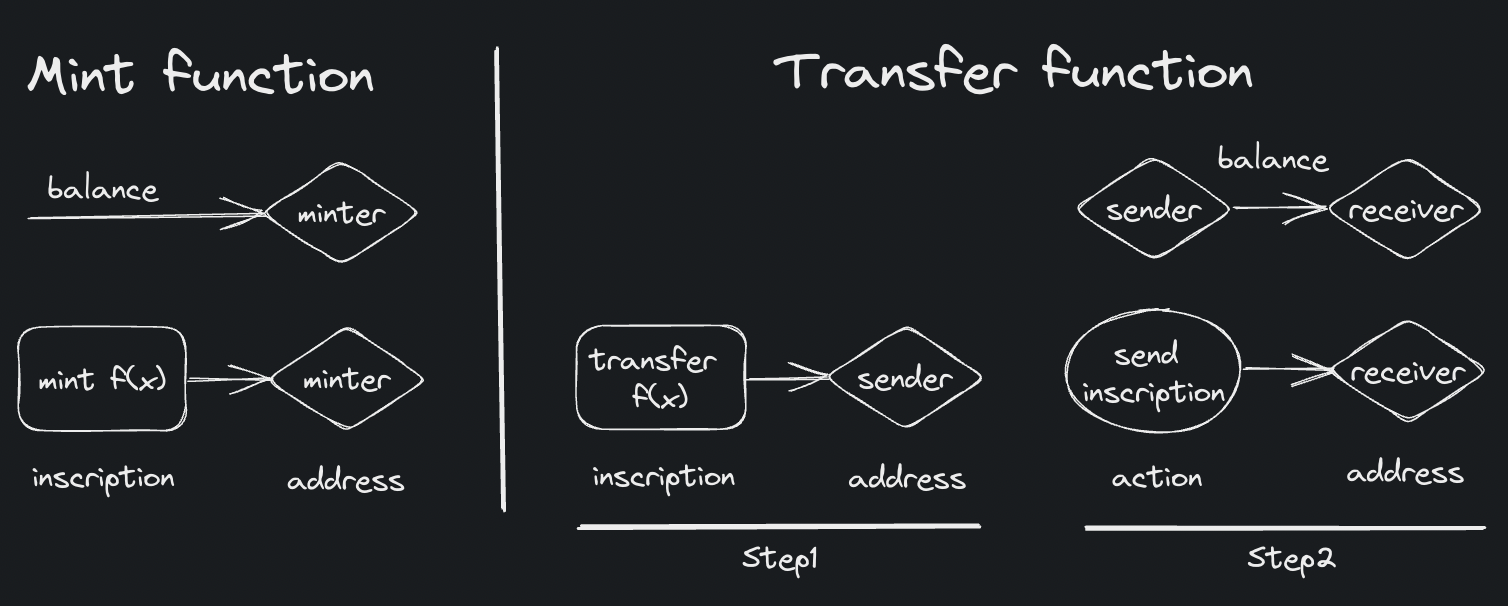
Details of the two functions transfer and mint by the creator of the BRC-20
👉 Discover our ultra-comprehensive guide to Bitcoin
Order our Book to understand everything about cryptos
Published by Editions Larousse

What are the differences between ERC-20 and BRC-20?
Although their name is very similar, the BRC-20 and ERC-20 standards have little to do with. First, there is no smart contract on Bitcoin, drastically reducing the possibilities and functionalities associated with BRC-20 tokens. Conversely, ERC-20 tokens are designed to interact with a whole host of applications and provide a wide variety of use cases.
This makes the operation of BRC-20 tokens much heavier, inefficient and unsuitable for mass exchanges. Let’s draw a comparison: imagine that the BRC-20 standard involves storing receipts for each transaction, while the ERC-20 standard amounts to using a mobile application that allows you to classify everything in a few clicks.
This is purely an observation and is in no way a criticism of Bitcoin, whose technology was absolutely not designed for this use. And for good reason, the ERC-20 standard was created in 2015 and officially recognized in 2017, offering it an incomparable degree of maturity.
All you need to know to invest in BRC-20
Which wallet to use for BRC-20 tokens?
The most common wallet to interact with the Bitcoin blockchain, Ordinals protocol NFTs and BRC-20 tokens is the Unisat wallet. In addition to being an extension in your browser, Unisat is a marketplace for buying, selling or minting BRC-20 tokens.
How to create a BRC-20 token?
To create a BRC-20 token, all you have to do is correctly deploy the JSON file of type “deploy”. It can also be done automatically on the Unisat website, by clicking on the “Inscribe” tab, then “BRC-20” and finally “Deploy”. Then, you will have to fill in the requested information, namely the ticket, the amount of tokens, etc.
How to mint a BRC-20 token?
Again, it’s very simple. If you used the Unisat website to create and deploy your token, you will have to follow the same procedure for the mint. Appointment on the “Inscribe” tab, then “BRC-20” and finally “Mint”. Fill in the required information and validate. Otherwise, go to the “BRC-20” tab and then navigate to the “in-progress” mints.
How to buy BRC-20 tokens?
It should be understood that the BRC-20s do not work in the same way as the ERC-20s. While you can easily buy any amount of tokens you want on Ethereum through Uniswap or Paraswap, it is impossible to do so on Bitcoin, because the exchanges are Over The Counter (OTC).
To put it simply, it will be necessary to go through marketplaces like that of Unisat, which connect buyers and sellers. This therefore involves finding a vendor that offers a bundle of a certain number of tokens at a price that matches what you are interested in.
What are the risks of BRC-20?
The BRC-20 standard is currently in the experimental stage. Thus, buying BRC-20 tokens is considered very risky for several reasons. First, trading is OTC so it is more difficult to find cash to buy or sell. Then, given the ease of creating a BRC-20 token and putting it on sale, there is a good chance that the majority of tokens that will emerge will have no foundation.
👉 To read to start – How to buy Bitcoin in 2023? Get guided step by step
Our service dedicated to cryptocurrency investors. Get real-time analytics and optimize your crypto portfolio.

Source: BRC-20 documentation
Newsletter 🍞
Receive a summary of crypto news every Monday by email 👌
What you need to know about affiliate links. This page presents assets, products or services relating to investments. Some links in this article are affiliated. This means that if you buy a product or register on a site from this article, our partner pays us a commission. This allows us to continue to offer you original and useful content. There is no impact on you and you can even get a bonus by using our links.
Investments in cryptocurrencies are risky. Cryptoast is not responsible for the quality of the products or services presented on this page and could not be held responsible, directly or indirectly, for any damage or loss caused following the use of a good or service highlighted in this article. Investments related to crypto-assets are risky by nature, readers should do their own research before taking any action and only invest within the limits of their financial capabilities. This article does not constitute investment advice.
AMF recommendations. There is no guaranteed high return, a product with high return potential involves high risk. This risk-taking must be in line with your project, your investment horizon and your ability to lose part of this savings. Do not invest if you are not ready to lose all or part of your capital.
To go further, read our Financial Situation, Media Transparency and Legal Notices pages.

